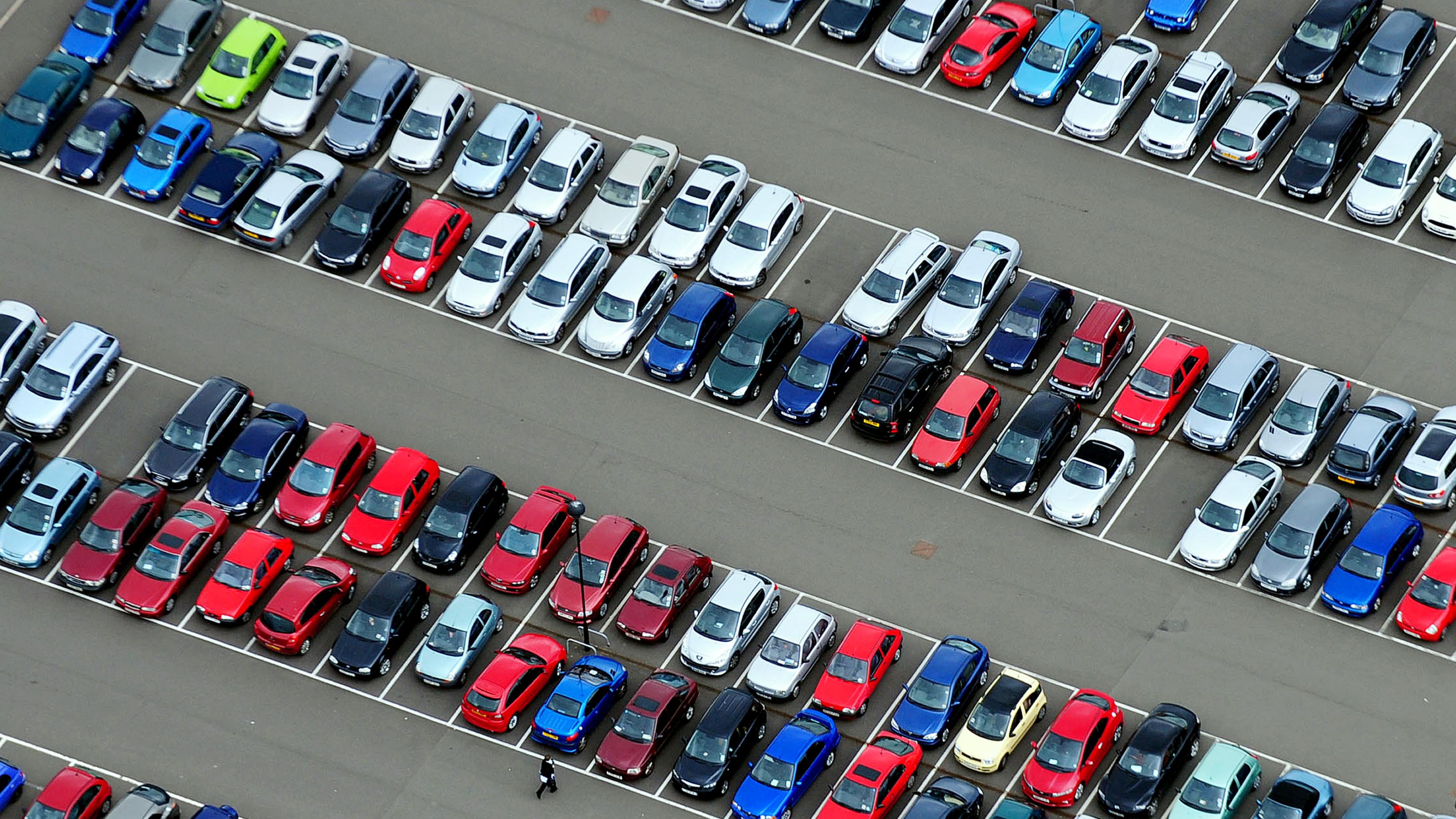All you need to know about the types of Parking User Groups
Parking is an integral component of traveling, be it for work or leisure. Depending on the location and purpose of the visit, users have different parking needs. Sometimes motorists are looking to park for a long duration without having to shell out too much and at other times they’re looking to find a space quickly. To build an efficient parking system and tackle problems, operators must understand the needs of different customer groups. Let’s understand the different parking user groups and the psyche behind their preferences.
Shopping center parking
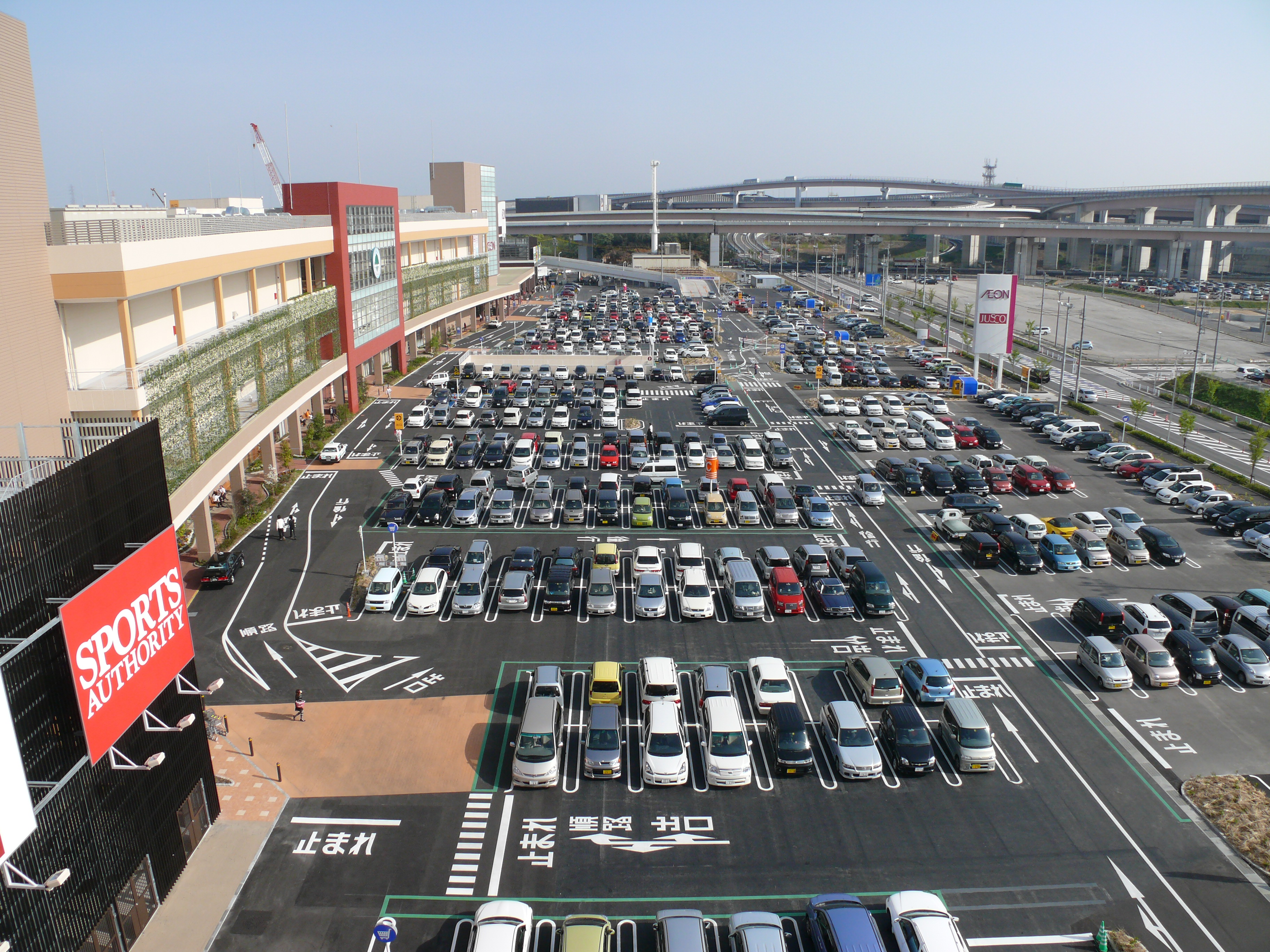
When visiting a shopping complex, customers are looking for a smooth parking experience. A safe and convenient space is where they will find a spot within a few minutes is essential to the experience. Prime among the factors is parking availability. Because urban lives are otherwise busy and hectic, visiting a shopping center should be a hassle-free activity.
Often the first experience in a shopping center, your parking lot must set the standard for the entire shopping experience. If your customers are stressed looking for a spot in the parking lot, it translates into a bad mood and less time for shopping.
Hotel parking
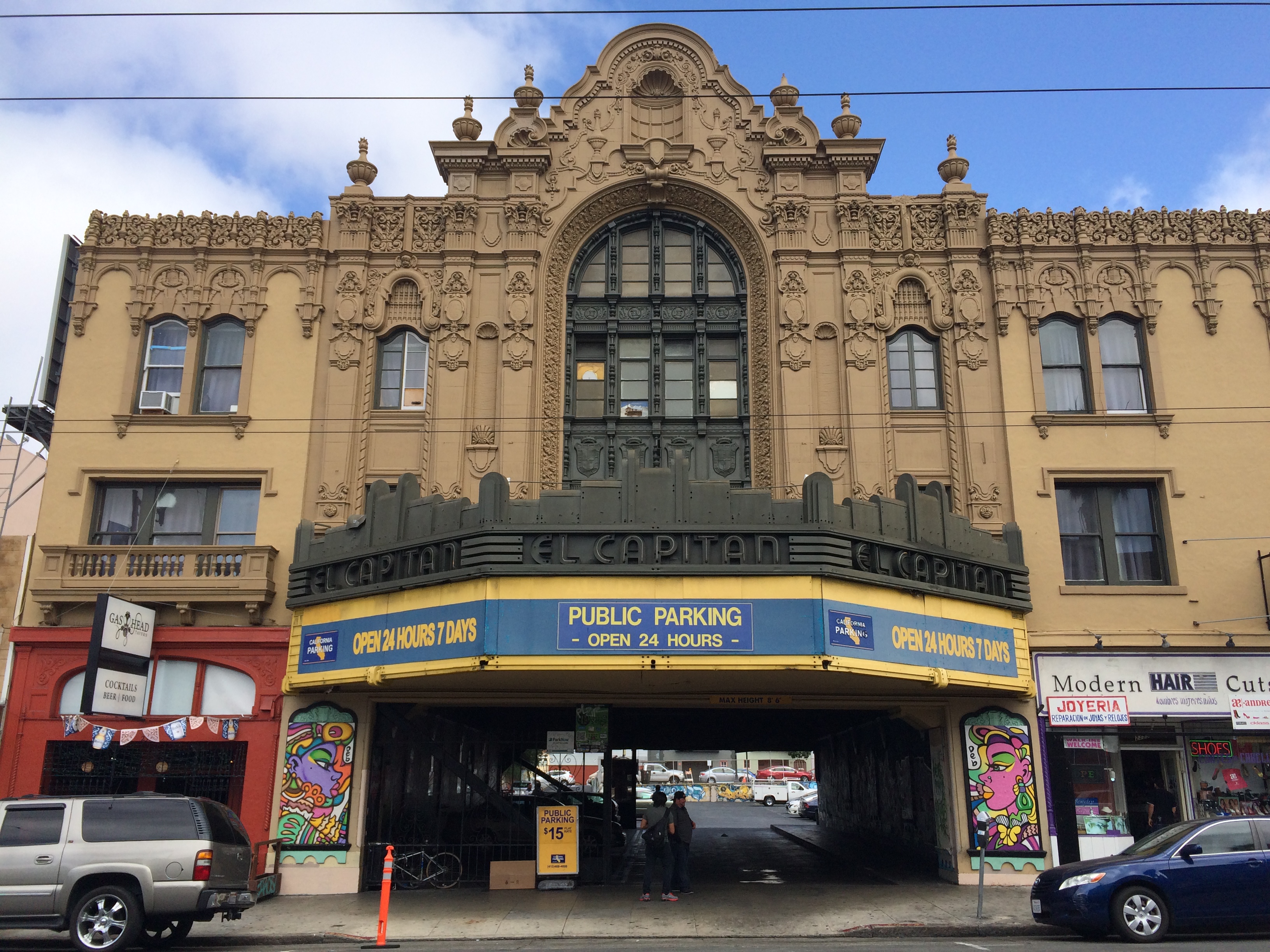
When it comes to hotels, the parking lot isn’t just an attachment, it’s an integral part of the property. Because your guests would have been through a long journey to the hotel, it is important to give them a stress-free parking experience. A messy parking lot clearly makes a bad impression.
Make sure your parking lot is clean and tidy and can easily accommodate guests and staff vehicles. In case your parking lot doesn’t have enough space, have guests reserve a parking spot when they book a room. Have clear signboards directing your customers to the parking lot so they can get done with first things first.
Security is also a major factor as people tend to leave their vehicles at the hotel for prolonged periods. Install CCTV cameras, have a gated entrance, and ample lighting to secure your property and your guests’ vehicles. You can also offer valet services to add extra convenience to the parking experience.
Municipal parking
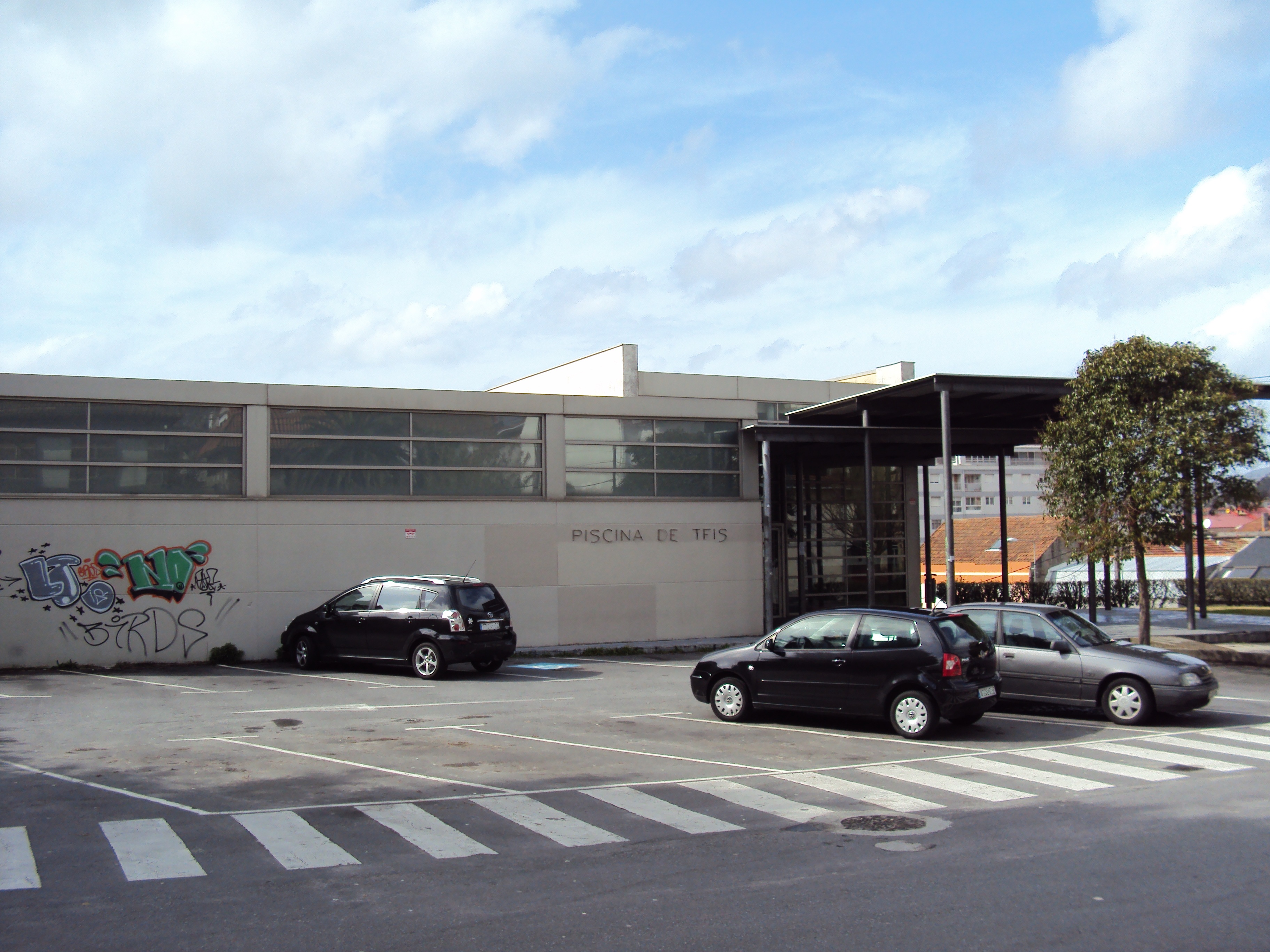
When designing the parking system for a city, administrators often struggle since the user base is so broad. One not only has to keep the residents of the city in mind but also visitors. Municipal parking involves both on and off-street parking for the two user groups.
When it comes to the city center, it’s important to offer a smooth parking operation because customers wasting too much time on parking means less revenue for shops, restaurants, etc. Cities must have a parking guidance system to improves traffic flow and optimize occupancy. The city must also ensure the well-being of residents happy by ensuring everybody has a place to park. Cities often hand out residential parking permits to provide adequate parking spaces for those living in high-density areas.
Airport parking
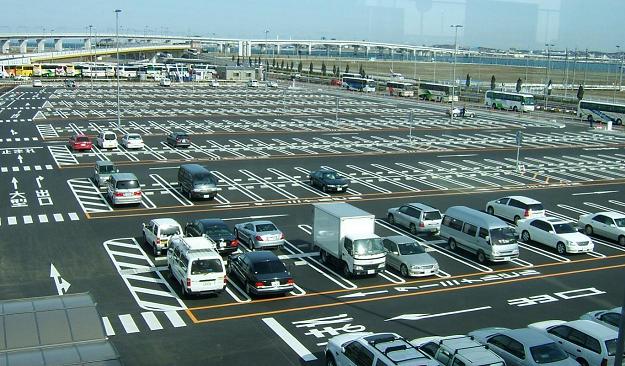
Most people who drive to the airport do so to pick someone up or to catch a flight. A different parking system is required for the user groups. People who are there to catch a flight can be gone anywhere from a couple of days to a couple of weeks so it’s important for the airport to be able to provide accommodation for the entire duration.
Here, availability and affordability are the key factors as several thousand vehicles may need accommodation at a time, for prolonged periods. When people come to pick someone up they only need parking for a very short period of time (as little as 20 minutes) so something easily accessible and easy to navigate out of is preferable.
In either case, navigating airport parking lots is often confusing so operators must install an effective parking guidance system.
Green parking
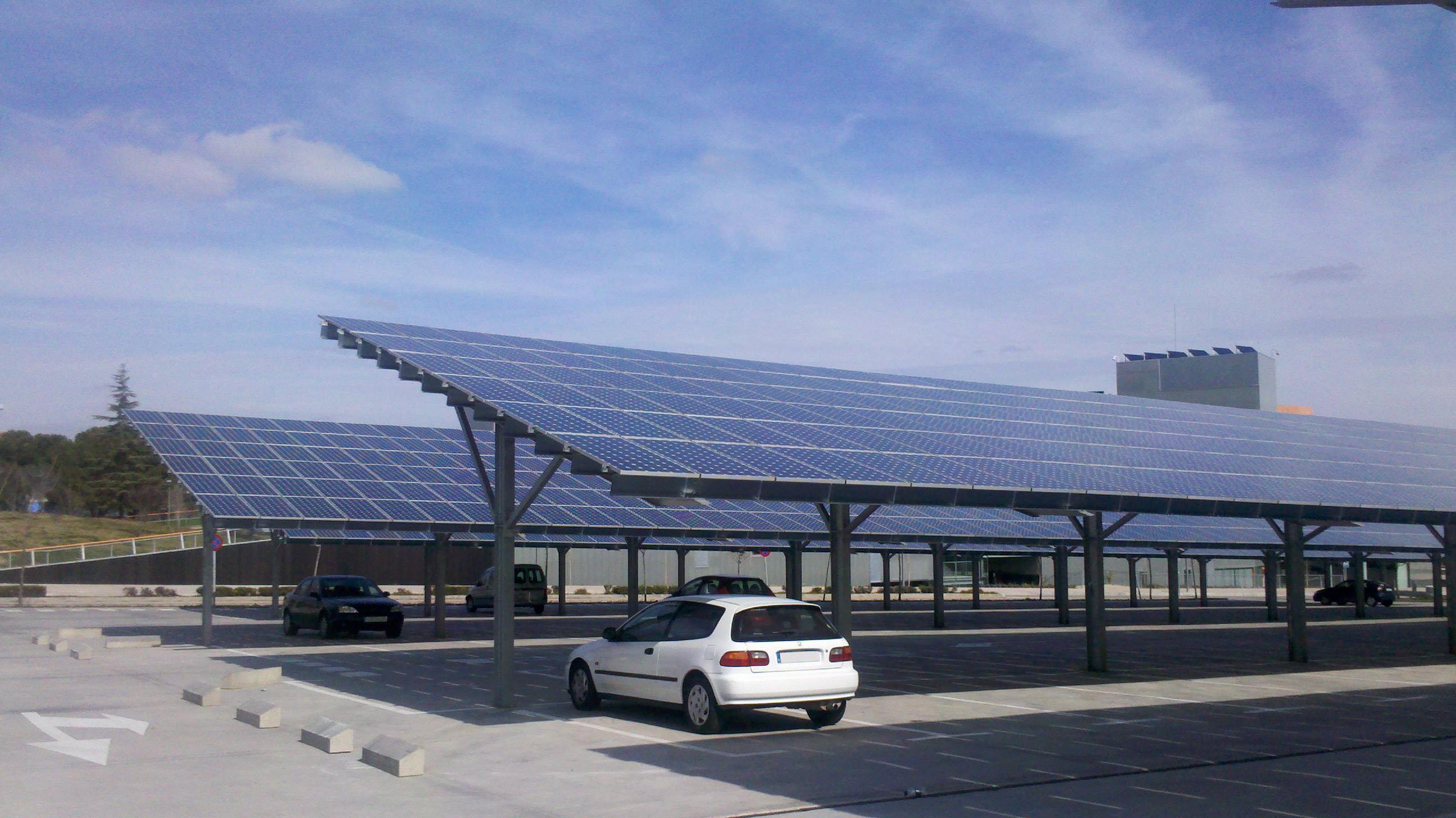
Ignoring sustainability in this day and age is certainly irresponsible. Thus, parking systems must be made environmentally-friendly too like green parking. Cities and towns concerned with conserving their resources can opt for green parking systems and they are fairly easy to implement. For instance, lighting in parking centers can be automated through the use of sensors to switch on only when they are in use. Alternative energy sources like solar energy can also be employed along with efficient waste management.
Hospital parking
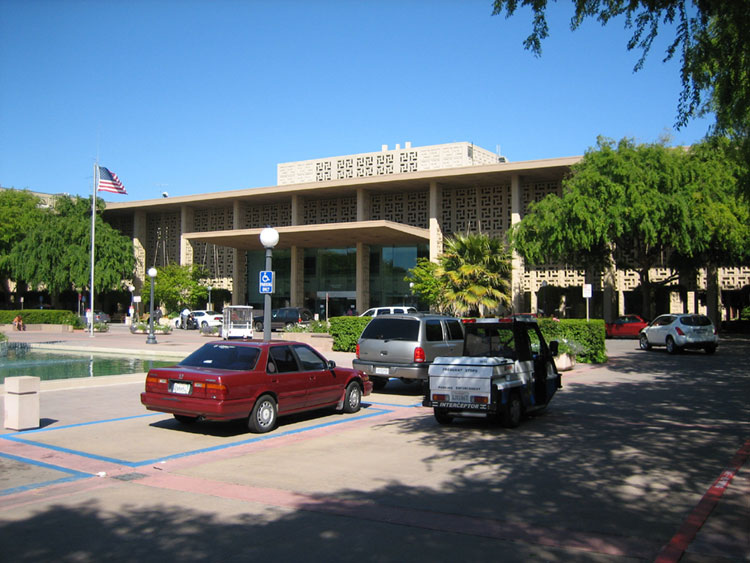
Hospital parking must accommodate two main user groups: visitors and employees. There are a number of caveats that come into play when providing parking space for employees. They will use the parking facility every single day and looking for a spot shouldn’t be a part of their schedule.
So, availability is an important factor that can be addressed by assigning dedicated spots. When it comes to visitors, both accessibility and affordability are major factors to consider. Parking spaces for them should be closest to the hospital. If the visitors are inconvenienced, they could be reaching appointments late, leading to frustration.
Campus parking
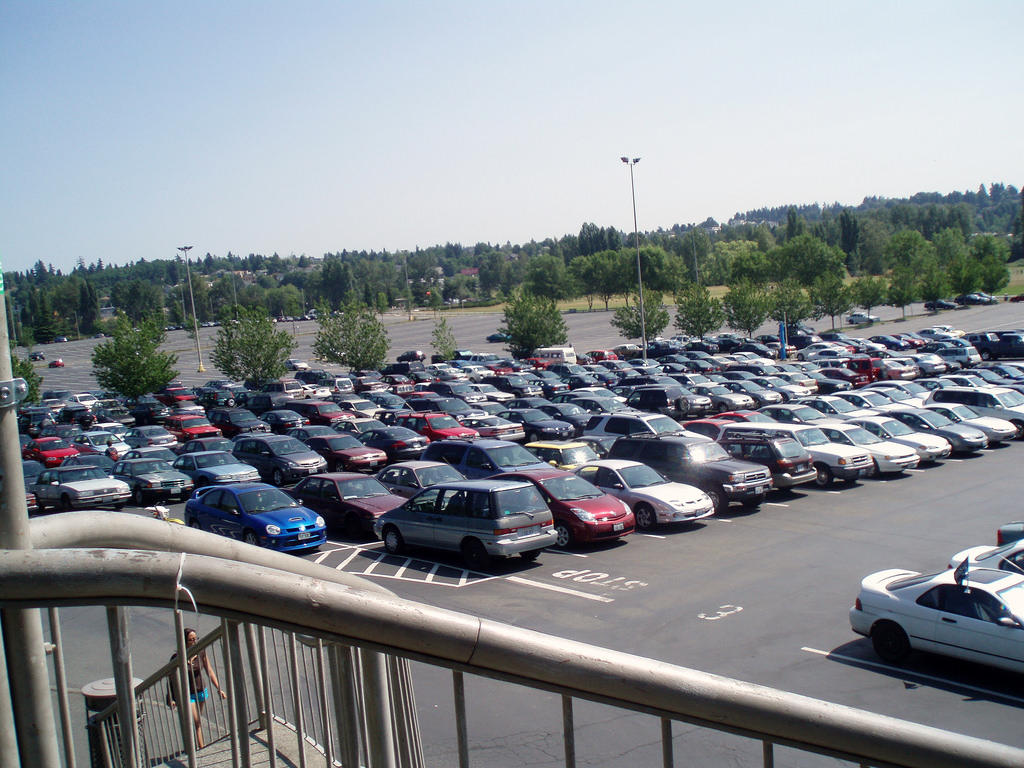
Campus parking experiences for students must not mean driving around for hours and congestion caused by inefficient management. Availability is a common problem facing most universities today.
This can also have students parking illegally. Universities can improve campus parking management by hiking rates, indirectly encouraging alternative transportation. Efficient parking guidance is also key to reducing traffic congestion.
Event parking
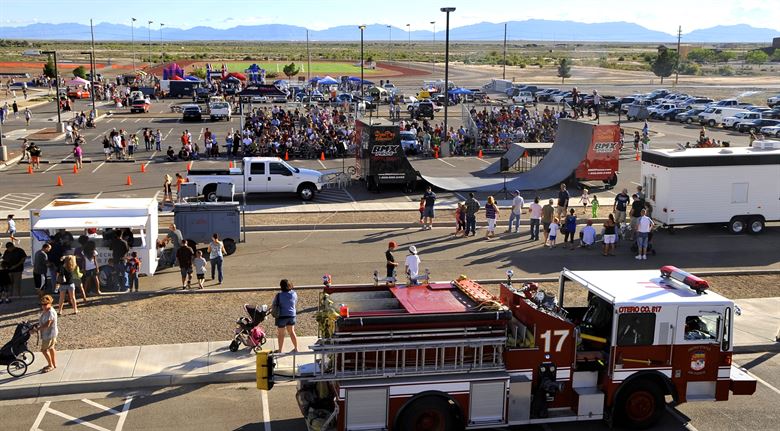
Event parking centers call for good management and as they have to accommodate a large number of vehicles at a time. During an event, a lot of vehicles will come pouring into the center with their drivers having no clue as to where they should head.
Here, signboards bearing proper directions can help immensely. Both entry and payment must happen quickly to avoid queues. Technology can solve this issue by enabling e-payments and proper guidance through signboards.

